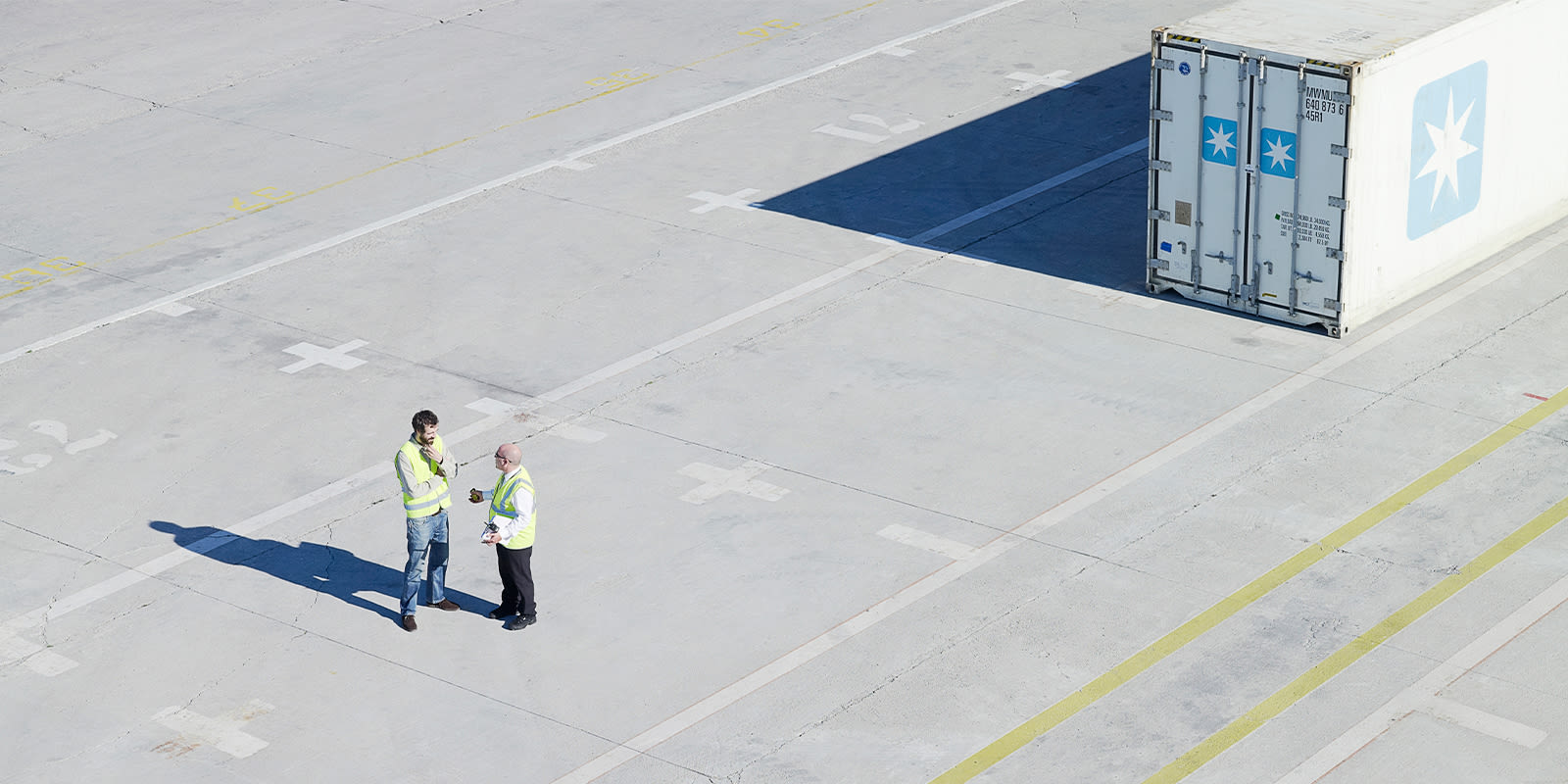
May 6, 2021
On the Hunt for Cargo Space, Smarter Consolidation Could Ease the Way
Tags:
On the Hunt for Cargo Space, Smarter Consolidation Could Ease the Way

May 6, 2021
Companies seeking cargo space are confronting a harsh reality: Capacity is hard to find. It’s not you, it’s the market. Everyone is in the same boat—or would be, if they could find one to book.
As demand outstrips capacity, every little bit of space counts. Finding these pockets can pay off.
For instance, in some cases, you can fit up to 80,000 t-shirts in a 40-foot container. If a company only needs to ship 60,000 t-shirts, the rest of that space usually goes to waste. There might be a way to squeeze another shipment onto that sailing before it’s too late.
So Is There Actually Cargo Space?
Most companies aren’t maxing out the space in each container yet. In fact, the average 40' container utilization for China-US imports during the first quarter of 2021 was just over 68%. In 2018, it was approximately 65%.
That’s a lot of unused capacity.
Time to Get Creative
Low container utilization is an industry problem—but, for purposes of beating a capacity crisis, it could be a solution.
Because demand isn’t going to fade soon.
Imports from Asia have broken records for the past nine months straight. As of March 2021, import volumes increased 80% year-over-year. In March alone, 3 million TEU shipped from Asia to the US.

As if that weren’t enough, container availability is snarled worldwide.
Carriers are struggling to get boxes back to Asia. For starters, no one wants to sail them back without goods in them.
Plus, ports are so congested that boxes are idling in yards and terminals. Some are floating on vessels offshore, because there’s no open berth in port for the ship to park and unload.
We’re in a period of uncharted waters—across the entire ocean market. So, while there are no guarantees, it’s a good time to get creative.
High-Tech Consolidation
Making the most of available containers requires far visibility. You need to look beyond your own cargo, which most companies can’t do on their own yet.
Flexport’s OceanMatch shows other Flexport shipments that could share a container with yours, based on weight, volume, lane, and cargo-ready date.
These smarter, faster consolidations are crucial to the future of logistics.
That’s because capacity crises aren’t going away, even after this one recedes. And technology is going to keep finding ways to open more capacity.
This may be a case when looking at the big picture can help you get your goods onboard after all—and, eventually, help keep global trade flowing for everyone.
Sign up now to learn more about OceanMatch.
About the Author

May 6, 2021


